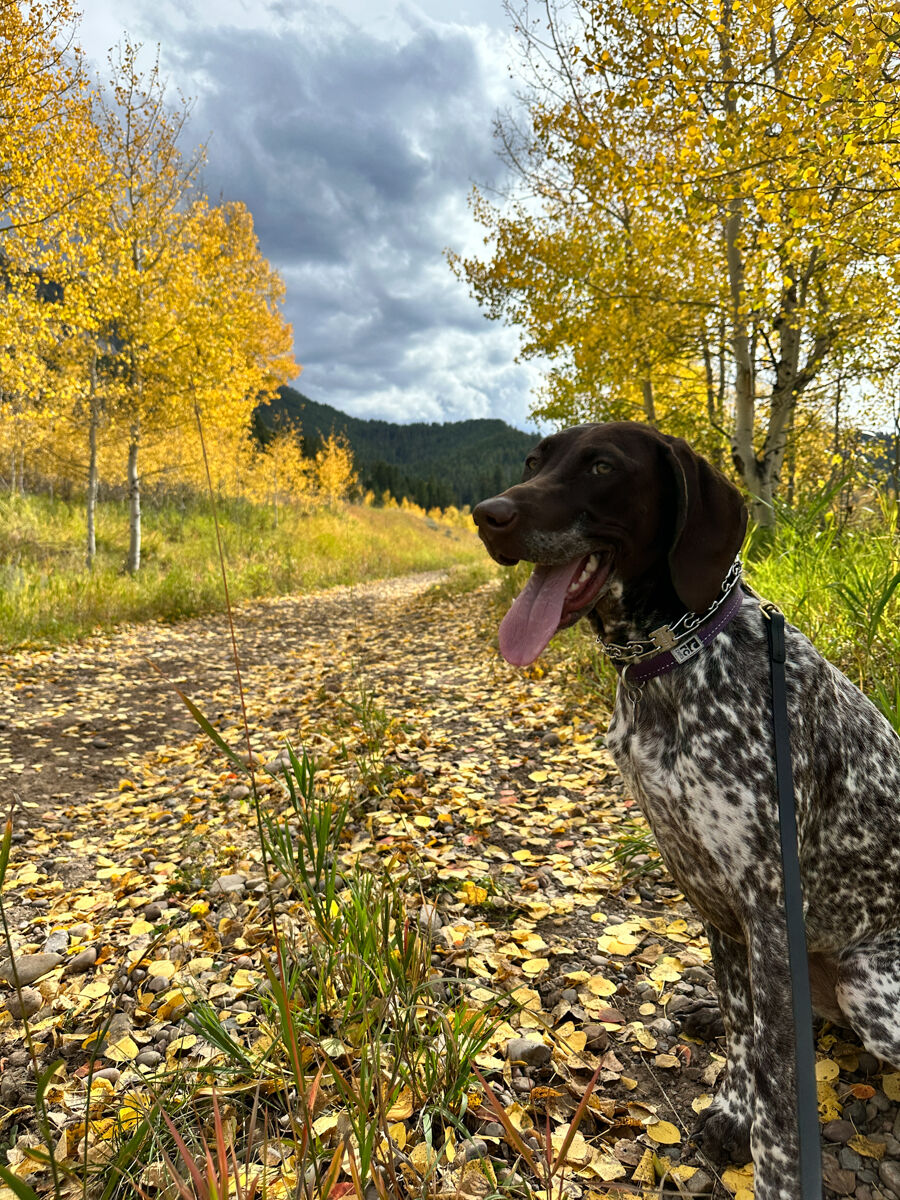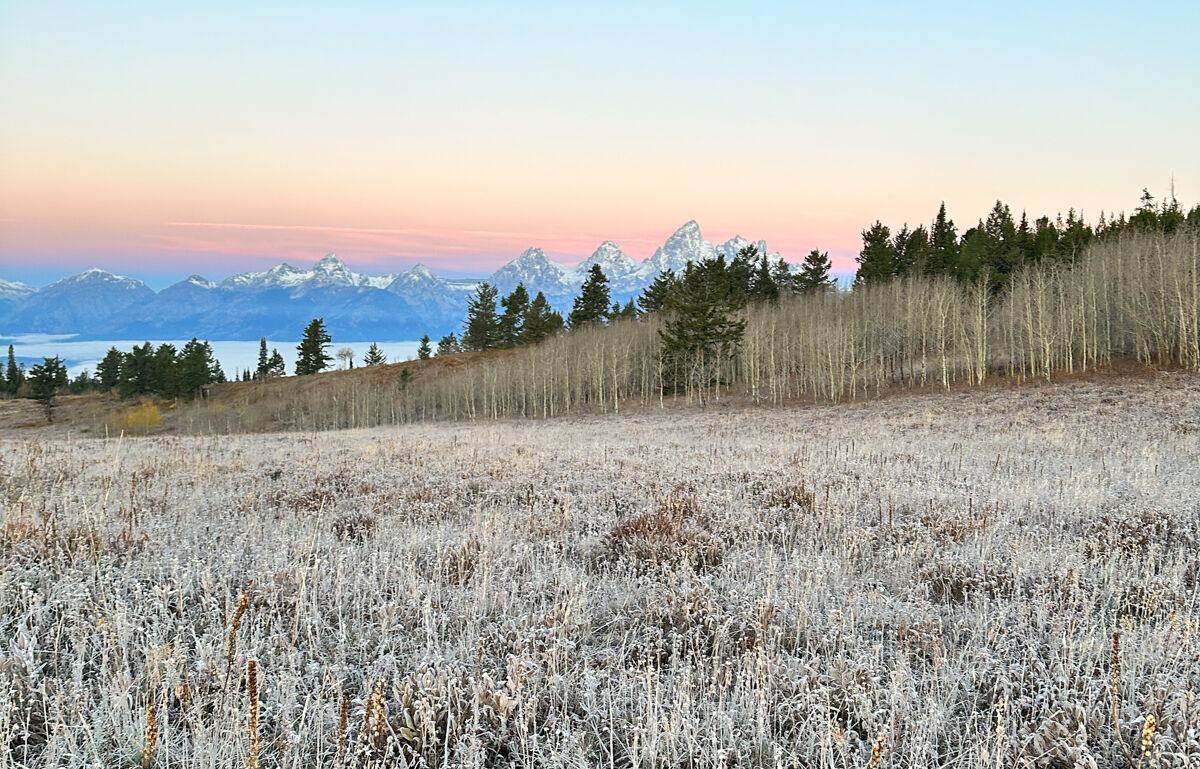The Transformation of the USDA Forest Service
The Forest Service is well-known as a kind of schizophrenic agency, one at odds with itself, with conflicting, even opposing directives and philosophies. This split personality is from its inception. The ‘Land of Many Uses’ is supposed to try to be all things to all people, with conflicting directives, going a little crazy trying to ‘serve’ everyone. The Service has vacillated over the decades since its founding in 1905 between an agency facilitating logging and timber sales (after all, it is the only major federal land-owning agency housed in the Department of Agriculture, with trees as its main ‘crop’) and one that studies, conserves, and restores natural resources, wilderness, watersheds, and biodiversity on its vast 193 million acres. It has been at times a political hot potato, changing its face with different administrations, and at other times a classic case of the regulators being too cozy with the regulated, and a victim of the revolving door where top politically appointed staff go back and forth between the logging industry and the Agency.
The Endangered Species Act
You might think that in America making money would become its prime directive, but even that would be too simplistic. It can’t even seem to do that successfully. The Endangered Species Act was one of the greatest challenges for the Forest Service, especially in the Pacific Northwest. During the 1980’s and 1990’s, various public not-for-profit organizations famously challenged the Service and the handling of their duty to protect the northern spotted owl. Proposed project after proposed project were stopped with lawsuit after lawsuit, brought under the National Environmental Protection Act (NEPA) and the Endangered Species Act (ESA). Owl advocates complained that the Service was proposing logging projects disguised as ‘forest health’ projects, twisting the science to support ‘getting out the cut’ while further threatening old growth and mature forests that the owl requires for breeding, nesting, and hunting.
Things got very heated, including at the local level, and finally then-President Clinton had to step in and call for a National Forest summit to sort things out. This resulted in the Northwest Forest Plan, which defined Riparian and Late Successional Forest Reserves as ‘safe zones’ for the owl and other sensitive resources. This was broadly successful in quieting down the level of controversy, though some in the Forest Service (and BLM) did and do chafe at the restrictions.
Now, climate change presents new, and dramatic challenges: increased wildfires, droughts, insect infestations, extreme weather of various kinds, seasonal timing changes (e.g., earlier springs, hotter, longer summers, milder winters, etc.), shifting animal and plant population ranges (the National Audubon Society recently released a report, Survival By Degrees, that warns of major range shifts and even extinctions among 64% of 604 North American species if global warming reaches 3 degrees Celsius).

Our National Forests have an important role to play in climate change reduction. According to the Forest Service, over 800 million tons of carbon per year are captured by the nation’s forests, roughly one-eighth of annual US emissions. Trees being trees are widely considered as perhaps the best natural carbon capture method to deploy, and one that has multiple important benefits.
Trees are a natural carbon capture technology, and have been a critical part of the now-distorted carbon cycle for hundreds of millions of years. If you ask an average person where the carbon in the wood of trees comes from, they usually guess that the roots take it up from the soil. But in fact, they make it out of the ‘thin air!’
Through the true and profound wonder of photosynthesis, plants, and especially trees, take carbon directly out of the air and into their leaves as carbon dioxide gas. In the presence of sunlight and water, they convert that carbon into a simple sugar, which is the basic building block for more complex carbohydrates including wood, and release pure oxygen. In a sense, they act in an opposite way to our respiration, which of course takes in oxygen and releases carbon dioxide. Trees are both solar converters and carbon capture mechanisms in one.
The basic formula is pretty straightforward, behind the scary looking chemistry shorthand – 6CO2 + 6H2O yields C6-H12-O6 + 6O2: carbon dioxide and water are transformed into a simple sugar and oxygen.
And life for oxygen breathers depends on it.
At the same time as performing this planet-changing action, trees and forests provide habitat (and food) for many, many species; regulate stormwater so that more of it is either absorbed into vegetation or by the ground; help create clouds and even rain through evapo-transpiration of water through their leaves; help create fertile and rich soil through the composting of their leaves and other parts; and more.

Forests worldwide have been significantly, even severely (as in, for example, California’s unique redwood forests, which have been over 90% destroyed), reduced and damaged, converted to agriculture and cities in service of the human enterprise, on all the continents (except Antarctica of course). Of course, much of this damage was done historically, before record keeping was widespread. For example, much of Europe was forested before it was heavily settled and converted into human habitations. In the United States it’s said that a squirrel in ‘pre-settlement’ times, could have traveled from the Atlantic Coast to the Mississippi without touching the ground!
Reforestation is now being undertaken on unprecedented scales around the world, with China being the leader with an estimated 137,000 sq. km (almost 53,000 sq.mi.) regrown between 2000 and 2020 (source: brushclub.us). Second is India, with 31,000 sq. km. (about 12,000 sq.mi) over the same period. The US ranks third with an estimated 26,000 sq.km. (a little over 10,000 sq.mi.), followed by Russia with 24,000 sq.km. and Brazil with 22,000 sq.km.
But of course at the same time, deforestation is still a very critical issue, with Brazil ranking first in total hectares lost between 2000-2020, at 5.5 million (over 21,000 sq.mi., a ratio of about 2 acres lost for every one replanted for Brazil). Second is Indonesia, with 3.4 million hectares lost (over 13,000 sq. mi.) during the same time period, followed by them Democratic Republic of Congo (1.5 million hectares, about 7,000 sq. mi.), Angola (1.3 million hectares), and Tanzania (900,000 hectares). Unfortunately, the top three here contain the three largest tropical rainforests, each on a different continent.
Still, according to the Food and Agriculture Organization of the UN, the US is ranked as the top timber and wood producing country in the world, at nearly 300 million cubic meters, with Russia and China at numbers 2 and 3, at closer to 200 million cubic meters. And at the same time as it is proposing a new reforestation plan, and trying to combat climate change, the US Forest Service is trying to log more than ever.
Climate Change Effects on National Forest
Enter climate change. And the urgent need to capture and store more carbon than ever, faster than ever. The forests that make up the National Forest system hold about 50 billion metric tons of carbon dioxide equivalent. As Arkansas Republican US Rep Bruce Westerman puts it, “trees are still most large-scale million cost-effective and environmentally friendly carbon sequestration devices we have.” Yet the Forest Service has increased its annual national timber target to 4 billion board feet, up from approximately 3 billion board feet, and higher than any period in previous decades. The agency’s own estimates suggest that cutting that much timber cumulatively releases tens of millions of tons of carbon to the atmosphere. On top of that, after years of suspicions, the Forest Service admitted that they have lost money on logging operations starting in 1997 when they acknowledged the loss of $15 million in timber sales the previous year. A 2020 report from taxpayers.net states that since FY 1980, the agency, incredibly, lost approximately $1.7 billion (an average of $44 million/ year)!
And yet the agency wants to cut more. The timber targets that are set sometimes become the number one priority, and drive the projects that are proposed – to build yet more roads (that also won’t be maintained properly) and cut trees that are commercially valuable, yet are fine and healthy, growing in stands that are protecting watersheds, providing habitat, and sequestering carbon. Forest planners are pressured to push into these valuable areas big-tree areas where cutting degrades the overall forest health and resilience. This does not square with the country’s increasingly urgent climate change, water, and biodiversity goals, and the taxpayerers.net report estimates that financial losses would top $190 million over the next 5 years if then planned timber sales went forward.
While losing carbon to logging operations, the forests also lose even more carbon in the increasingly severe wildfires that are ravaging the landscape every year. These fires burn unnaturally hot and fiercely, largely because of decades of misguided fire suppression and consequent fuel build ups, coupled with the lack of post-harvest care of the land. Thinning these over-dense stands to reduce fire vulnerability has become a large and costly, though necessary, undertaking. The overly hot fires often destroy whole trees and stands in crown fires, leaving vast acres in need of reforestation. These denuded areas comprise the agency’s biggest backlog of immediate reforestation needs. A 2022 National Reforestation Strategy identifies that ‘only 6% of post wildfire planting needs are met annually, which is insufficient to sustain the forests on which we depend’ (p.8). Of the roughly 4 million acres that have been identified to need reforestation yet have not received it, over 80% (3.2 million acres) are in that condition due to severe fire damage. Almost 2.8 million of those acres are from the 2020 and 2021 fire seasons alone!, the last seasons for which data are available for the National Strategy (see graph, p. 9) About 10% (400,000 acres) of the need is related to past timber harvests, according to the graphic.
Infrastructure Investment and Jobs Act
The Infrastructure Investment and Jobs Act of 2021 included The Repairing Existing Public Land by Adding Necessary Trees (REPLANT) Act, ‘significantly’ increasing funding and other resources for reforestation. How this squares with the Forest Service increasing timber harvest targets though, remains to be seen. While there are certainly MANY excellent workers among the ranks there, the Forest Service has long been in the sights of various environmental non-profit watchdogs as untrustworthy, and has been subjected to lawsuit after lawsuit for trying to push ‘the cut’ out over all other goals, hiding the logging behind claims of improving forest health and the like, knowingly harming the ecological health of the resources of which they are the duty-bound stewards. Many times the courts have sided with the watchdogs, and the Service has lost or been forced to modify their proposals, slowing up their operations sometimes by years, tying up scarce resources in contentious legal tangles, and costing taxpayers extra money because of their intransigence.
This is beyond a split-personality. Timber targets must become transparent, as must Forest Service revenues and losses. The Service must be fully brought around to serve the nation’s overriding goals of – reducing carbon emissions and increasing carbon capture, primarily through needed reforestation; protecting watersheds and providing water to downstream communities; protecting and restoring biodiversity across the country; and reducing the vulnerability of the forests to severe wildfires. It makes no sense to allow it to continue as it has been.

